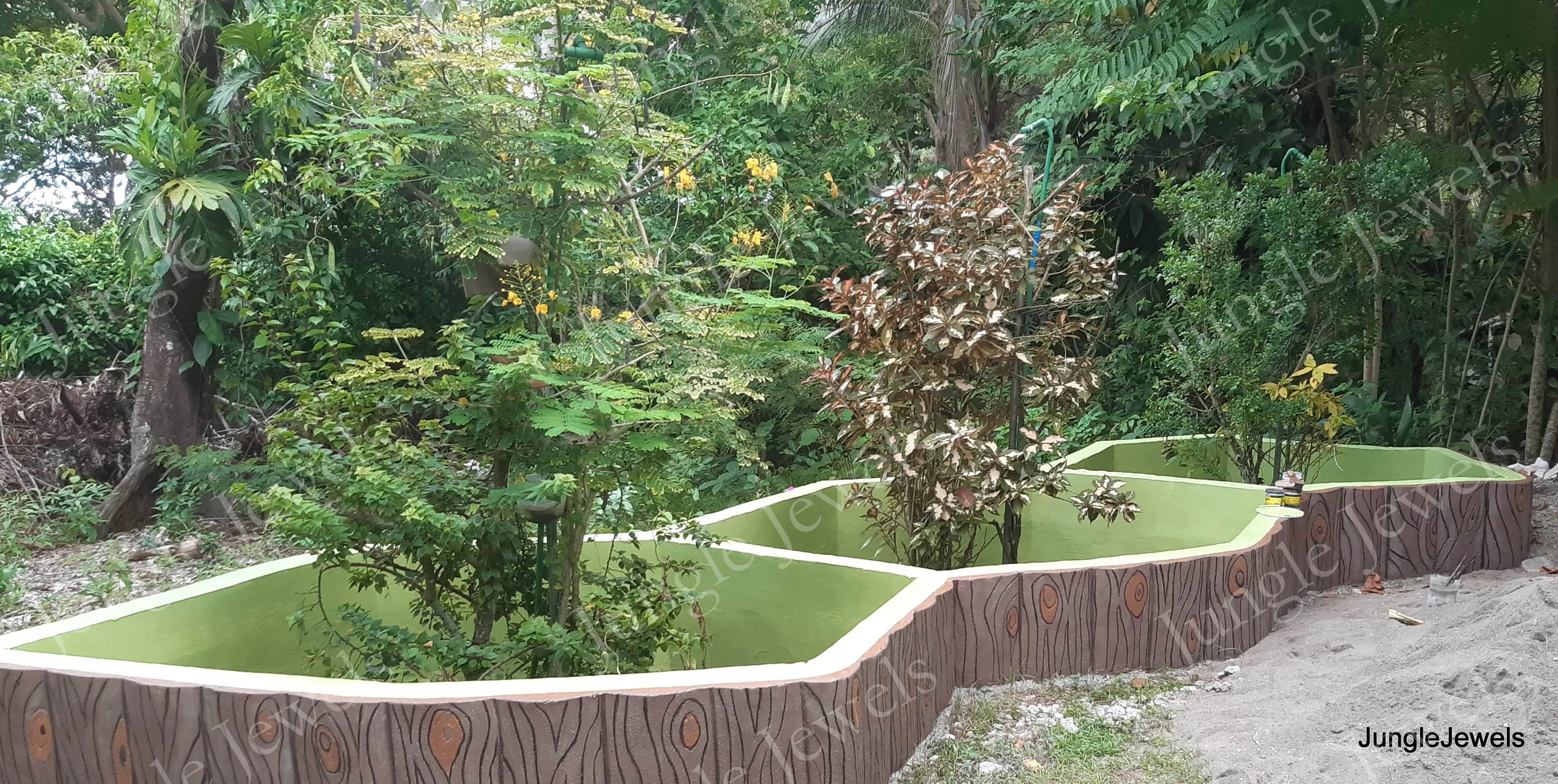These mostly arboreal living reptiles use their tail as a 5th limb, which helps them maneuvering through branches and twigs. Unlike many other reptiles, chameleons do not drink water from a bowl. Instead, they lick water droplets from plants, leaves, or the deco of their enclosures. This makes hydration a bit complicated, as their enclosure needs to be sprayed with water several times a day. Chameleons are beautiful and very interesting reptiles and thrive in proper captive care. However, they not really suitable for beginners in reptile keeping. They are prone to stress and diseases due to wrong care, insufficient hydration, one sided diet and wrong climate.












